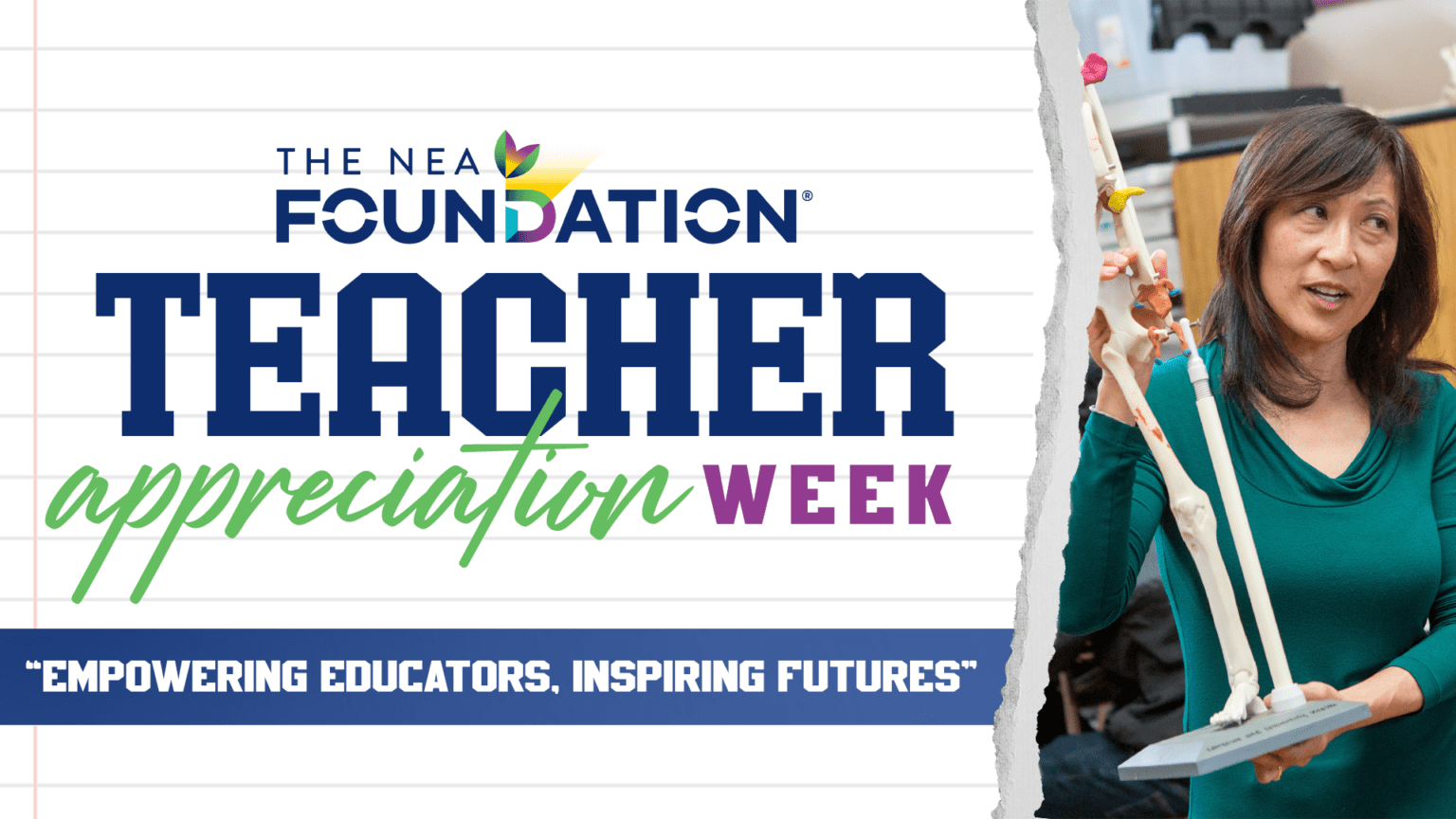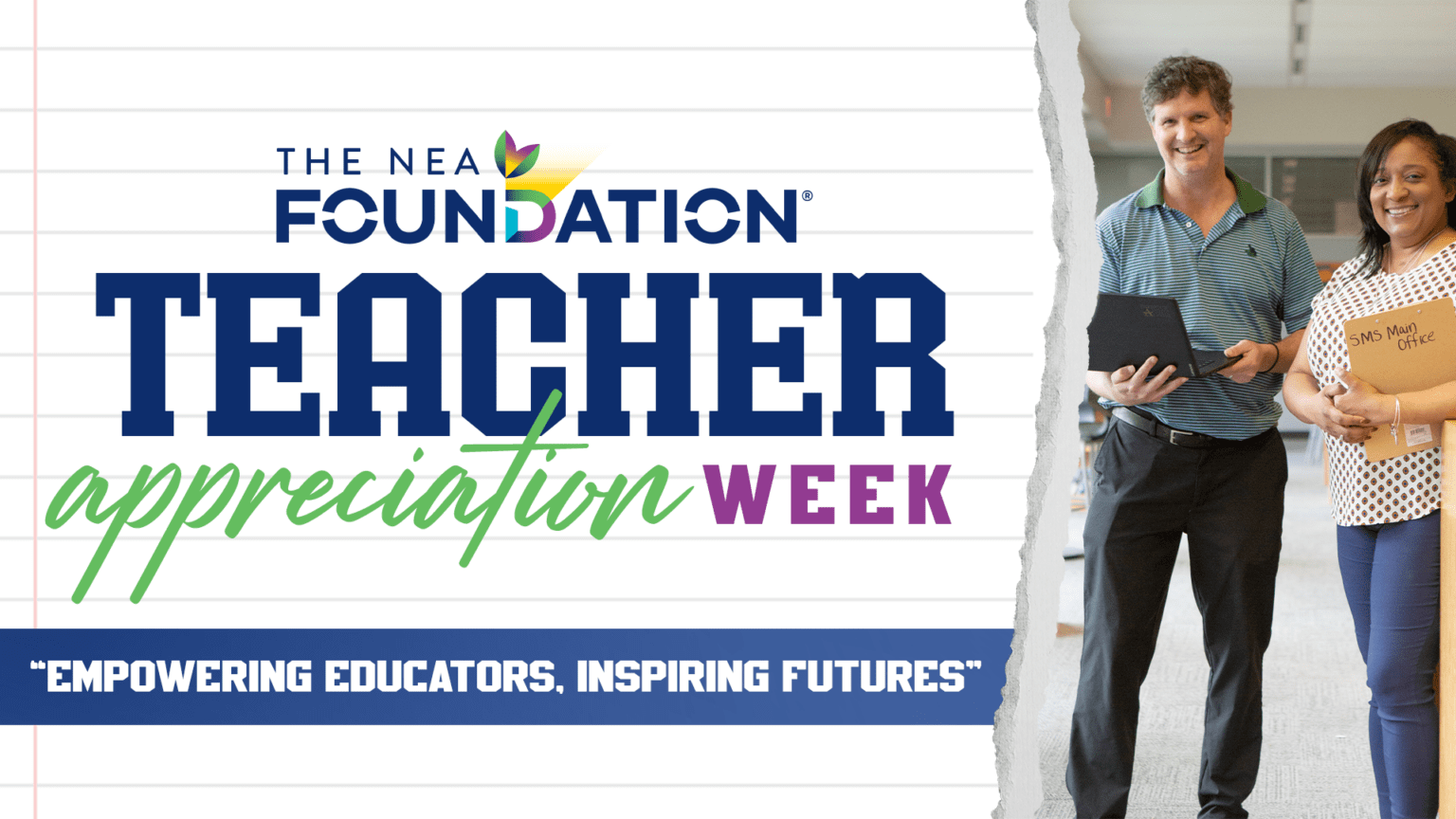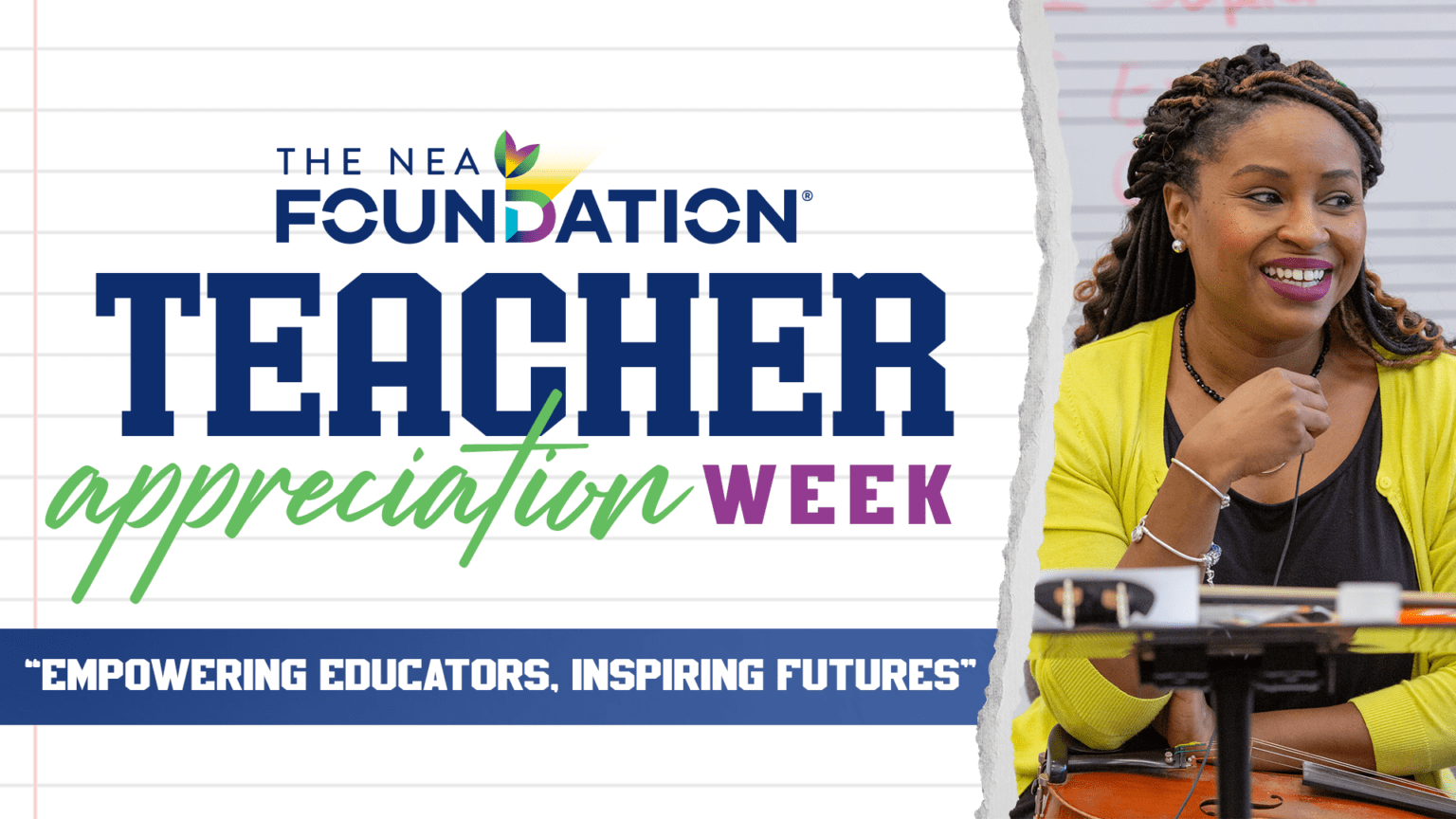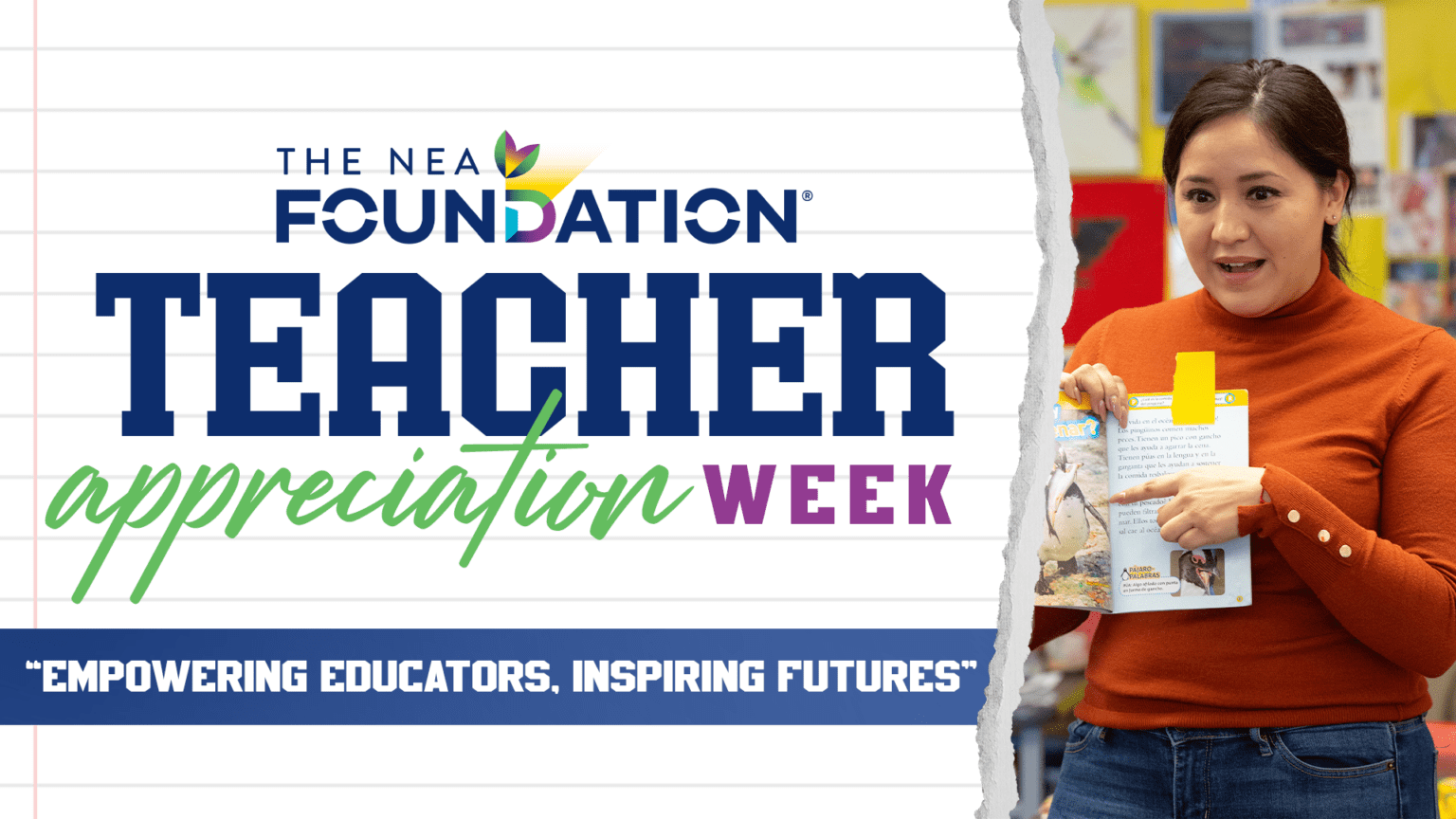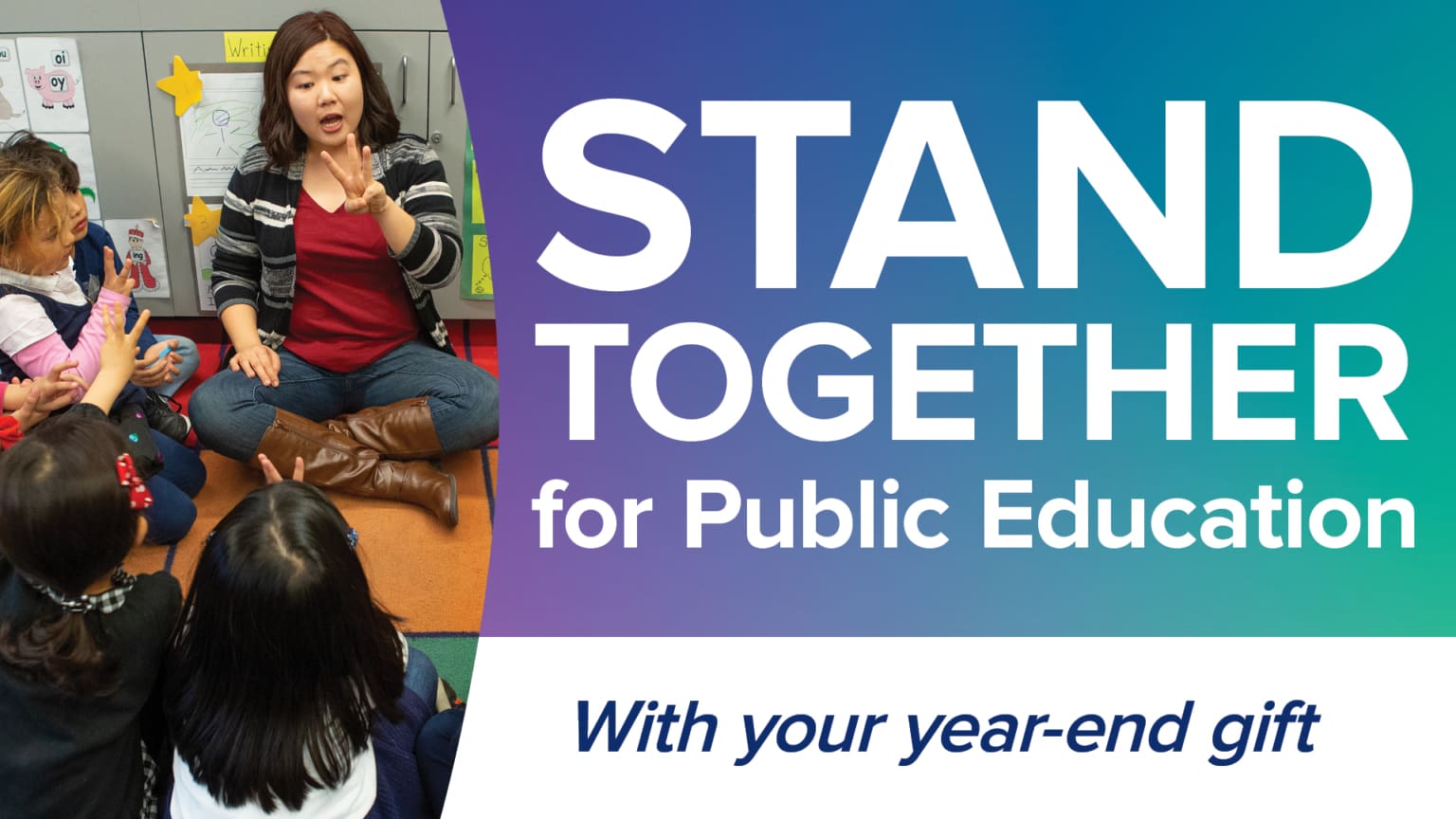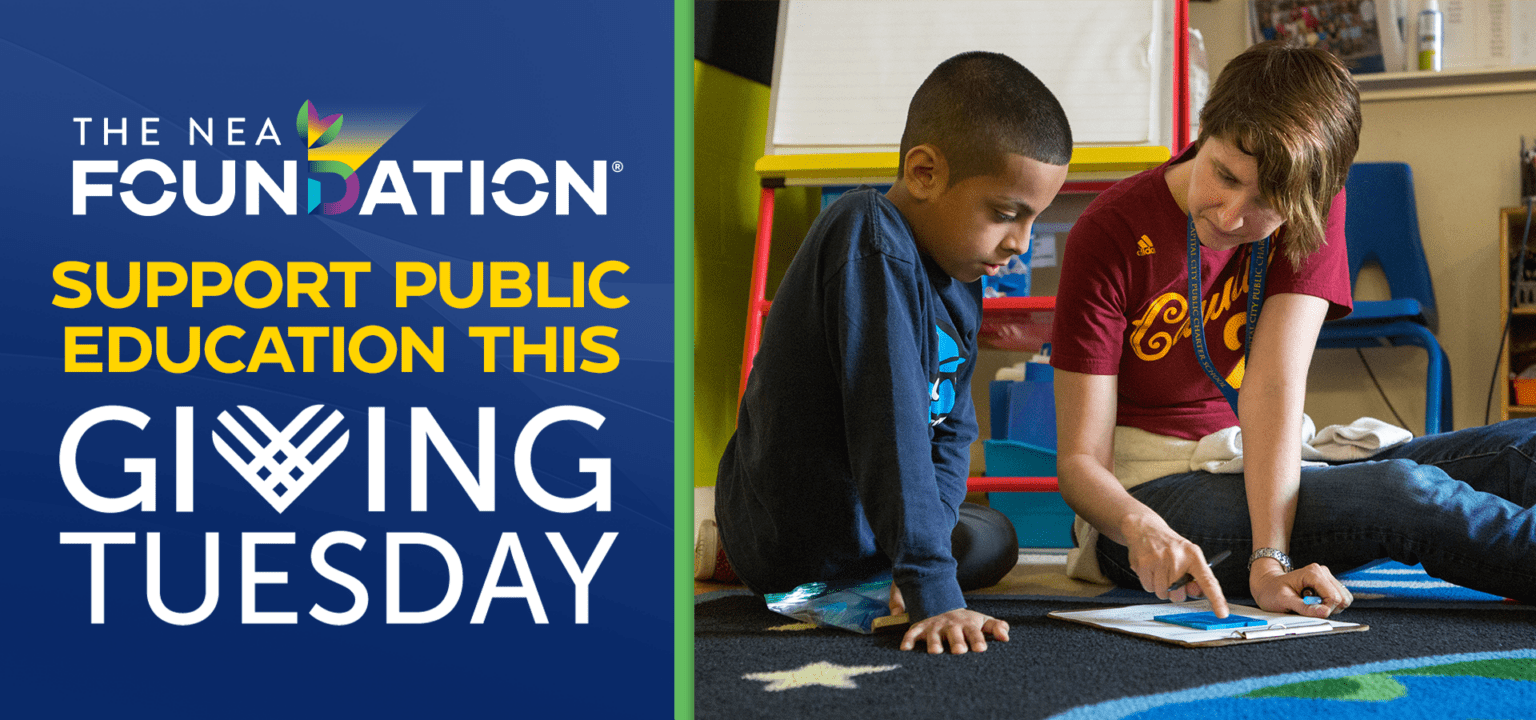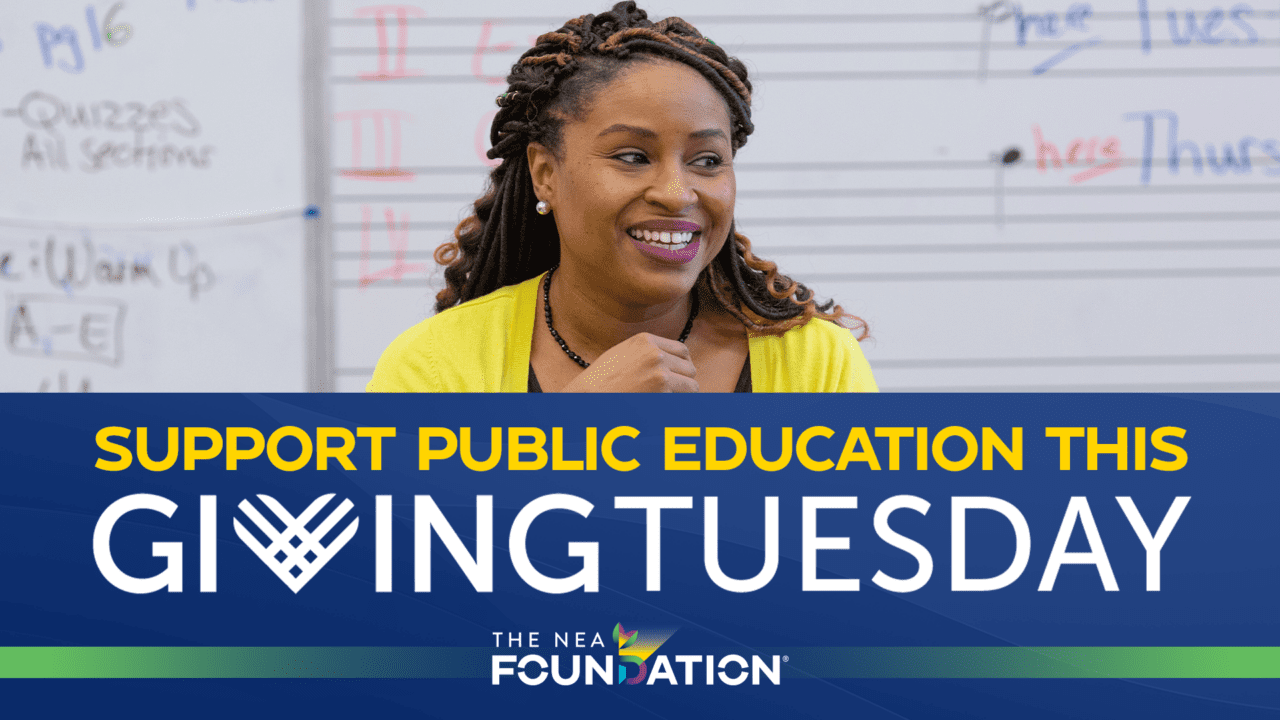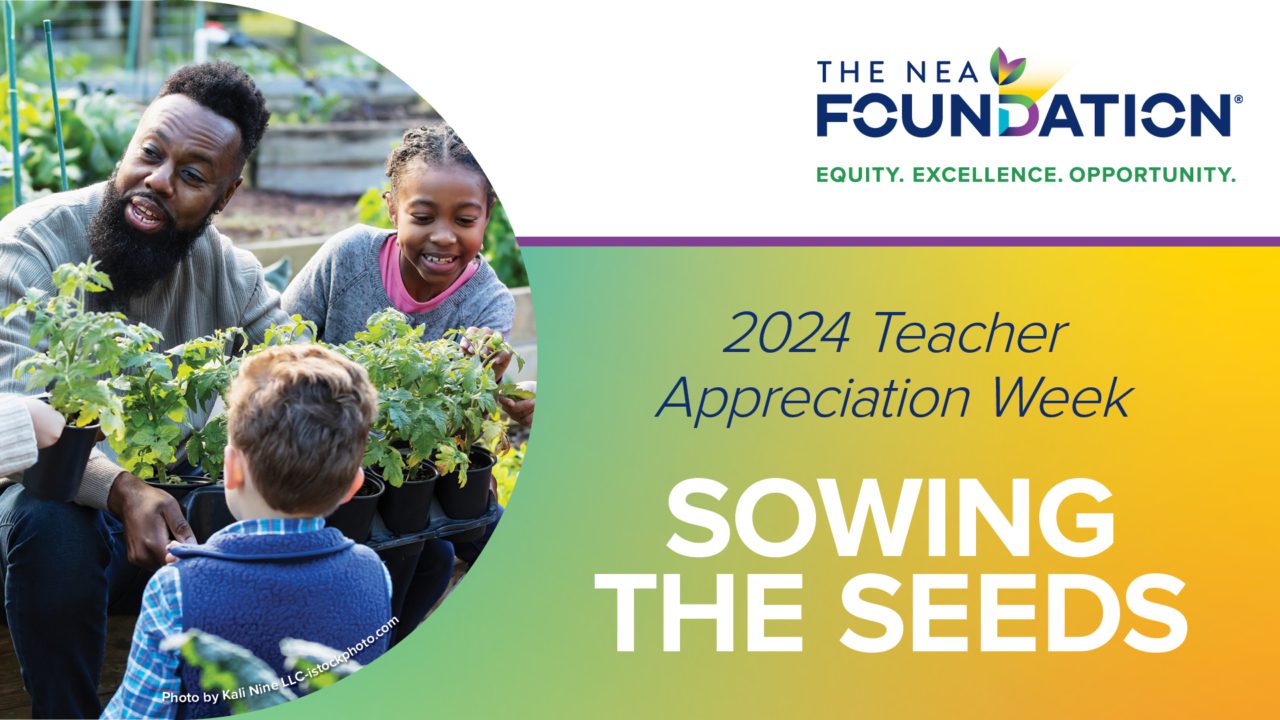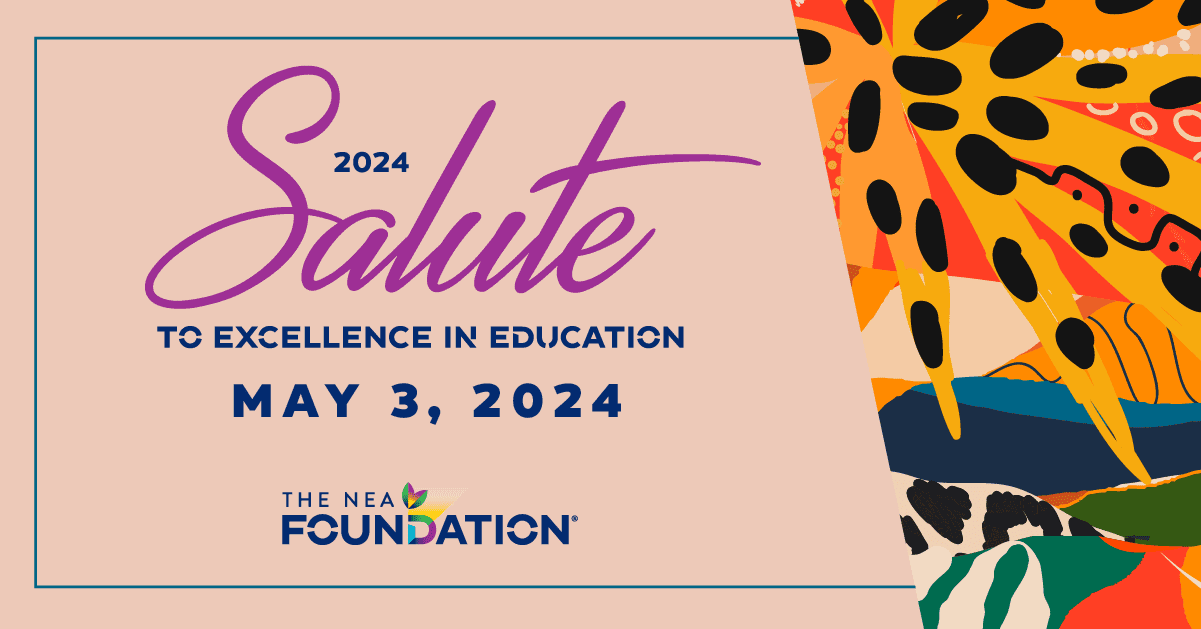This blog series spotlights current teams of the NEA Foundation Institute for Innovation in Teaching & Learning. The Institute supports the collaborative efforts of these teams of local unions and school district leaders by focusing on a single issue, providing a dedicated coach, and sharing online curriculum on how to lead change and reform.

1. Why did your school district and local union decide to participate in the NEA Foundation’s Institute for Innovation in Teaching and Learning?
Kerrie Dallman, President of the Colorado Education Association, recognized that we, here at Aurora Public Schools (APS) and the Aurora Education Association (AEA), have had a long-standing relationship, collaborating in the past to develop contract language for how best to evaluate teachers. So she recommended us for participation in the Institute, and we applied! Kerrie believed that the opportunity would help us improve student achievement and teacher effectiveness. We knew that calibrating evaluation standards would be complex and meaningful work, so it made sense to work together.
2. Tell us about your project and why you chose it. What do you hope to accomplish and how far along are you?
In 2011, a Colorado law mandated new teacher evaluation standards and processes, including the ability to displace teachers from their schools and confer non-probationary status. Unfortunately, these standards offered little clarity around how they would actually look in practice so they were not helpful in identifying the strategies and instructional practices that teachers could actually use to improve student learning. In addition, they were not helpful to principals in assessing the use of those practices or in supporting the development of those practices.
The law did define that educators would have to earn three “effective” years in a row to become non-probationary, and they could lose that status if they earned “below effective” status for two years in a row. That meant the data on effectiveness needed to be reliable.
For each standard, we developed a set of vocabulary and points of evidence for each rating level (basic, partially proficient, proficient, accomplished and exemplary) to ensure that all educator members and principals have the same perspective on the standards and professional practices, and what they could look like within different contexts and classrooms. (For example, one point of evidence of exemplary teaching in Quality Standard 3, is “Students can articulate what they don’t know and how to seek out appropriate resources.”)
Next, we asked the union Association Representative (AR) Council, which includes teachers from every school in the district, for feedback. We incorporated most of their ideas, offering rationale for instances where ideas did not fit. One example of this feedback loop was the recommendation that each element explicitly state that one could not expect to see every point of evidence in one lesson. The response was not to include it since both the contract and the evaluation policy documents already explained that each observation was just a snapshot and not intended to include every practice in a single lesson.
By early 2015, we had a consensus on points of evidence to be used to help teachers improve their practice for Quality Standard #3. This school year, we’re completing the process for the remaining standards—all of which will be combined into a single document to inform professional development for educators and administrators.

3. How did you choose who be on the labor-management team?
We knew we needed union member educators with the expertise and willingness to make decisions at the district level. We also knew we needed district administrators who had worked on educator effectiveness and professional learning, as well as those willing to collaborate on creating a document that would be useful for both teachers and evaluators. That’s how we selected four work groups, with last year’s team serving as facilitators.
4. How are you ensuring diversity in your work groups?
To begin, we had 60-70 teacher representatives of the Association Representative Council at every meeting, representing nearly all of our buildings and work sites. We asked them questions, like “Are there overarching themes that we need to consider for the entire evaluation process?” and let them know how their feedback was being used. We also conducted a focus group to gain additional feedback from an evaluator’s perspective.
This year, we’ll share the draft document with employee groups, including Extended School Service providers, the Educator Effectiveness Advisory Council, and others, to solicit and incorporate additional stakeholder feedback.
5. How will you maintain these relationships to develop other programs and extend their reach?
Our district and union leaders really have committed to collaborating to improve student achievement. This opportunity further cemented our relationships. Specifically, we are using this experience of using a district level labor-management team in an inclusive process that engages many staff members throughout the system in developing policy and practice collaboratively to build the next level of collaboration: the training of both teachers and principals in the application of the standards. We believe that this model can be transferred to the school level as the discussions about practice become richer as a result of this process. We are also considering how to codify the joint commitment to collaboration for student learning. In the future, having many different people involved in developing a new program will increase ownership and analysis of student outcomes.
6. What advice do you have for school districts taking on similar work?
For one, it’s essential to bring people together who have the authority and willingness to implement whatever you develop. But having a diverse group of participants with varied perspectives is just as essential.
Our best advice is to always use a backward plan! Know your goals and then work backward from those outcomes to determine the best strategies to achieve them.
This guest blog features the work of our Aurora, Colorado, team, including: Amy Nichols, Aurora Education Association (AEA) President; John Youngquist, Chief of Staff; Laura Summers, Director of Educator Effectiveness, Division of Equity, and Learning; Beverly Clemens, Director of Professional Learning; Jim Hogan, Instructional Coordinator; Erin Brophy, Educator Effectiveness Director, Human Resources; Cathy Wildman, Aurora Public Schools Board Vice President; Tim Cross , UniServ Director AEA; Michelle Mugatha, Literacy Teacher, Columbia Middle School; Bruce Wilcox, Multi-tiered Support Specialist; Josh Quick, Foreign Language Teacher, Hinkley High School; and Jessica Cuthbertson, Teacher Leadership.

